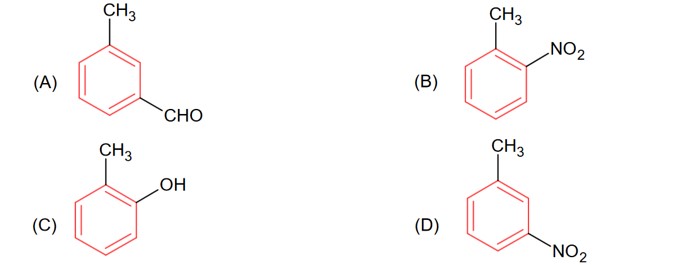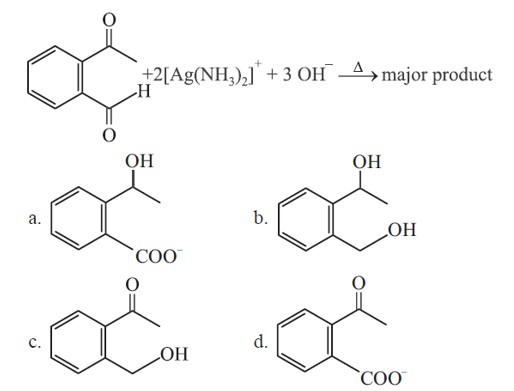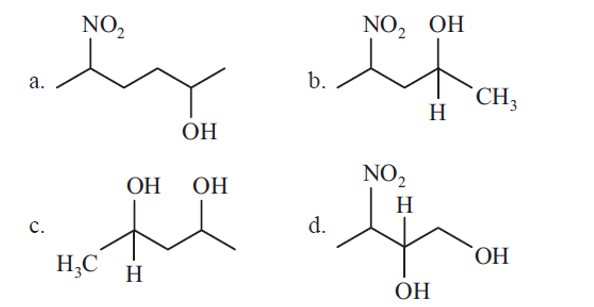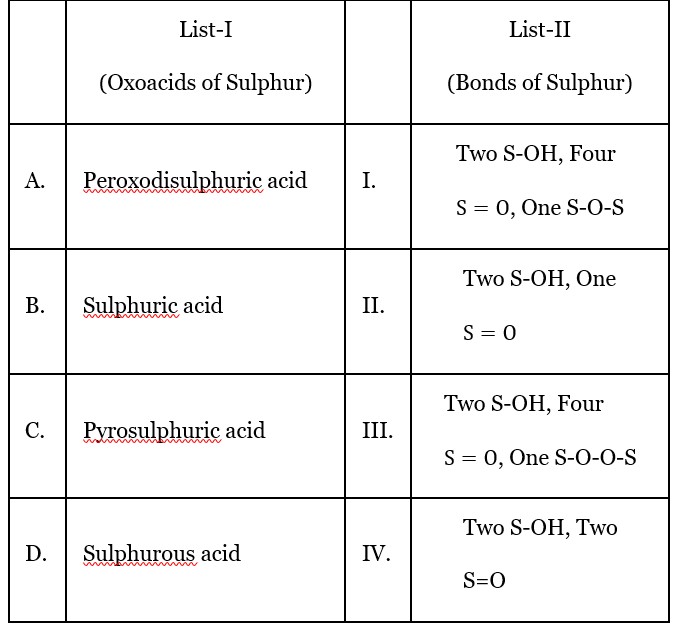Ncert Solutions Chemistry Class 12th
Get insights from 2.6k questions on Ncert Solutions Chemistry Class 12th, answered by students, alumni, and experts. You may also ask and answer any question you like about Ncert Solutions Chemistry Class 12th
Follow Ask QuestionQuestions
Discussions
Active Users
Followers
New answer posted
2 months agoContributor-Level 9
OH group is the more activating group and ortho-para director, hence ortho position attach will provide meta substituted product with respect to – CH3 in option (C).
New question posted
2 months agoNew answer posted
2 months agoContributor-Level 10
Tollen's reagent oxidises aldehydes into carboxylate ion whereas ketone is not oxidised by tollen's reagent.
New answer posted
2 months agoContributor-Level 10
Formation of Conjugated diene in option 3 make the given reactant most reactive towards dehydration in acidic conditions.
New answer posted
2 months agoContributor-Level 10
Ethylene diamine, en is bidentate, chelating ligand. Chelating ligands increase stability due to higher entropy factor.
New answer posted
2 months agoContributor-Level 10
The highest oxidation number corresponding to the group number in transition metal oxides is attained in Sc? O? to Mn? O? CrO is basic but Cr? O? is amphoteric.
Note: All the transition metals except scandium form MO oxides which are ionic (Only for 3d series, this statement is true)
Hence, (A), (C) and (D) are incorrect. But not given in the options.
New answer posted
2 months agoContributor-Level 10
H? S? O? , peroxodisulphuric acid (Two S-OH, Four S = O, One S – O – O – S )
H? SO? , sulphurous acid (Two S-OH, One S = O bond)
H? S? O? , pyrosulphuric acid (Two S-OH, Four S=O, One S-O-S bond)
H? SO? , sulphuric acid (Two S – OH, Two S = O )
New answer posted
2 months agoContributor-Level 10
Fe? O? + CO → 2FeO + CO?
The above reaction takes place at 500 – 800 K in blast furnace.
New answer posted
2 months agoContributor-Level 10
Pumice stone is an example of solid sol. In this type of colloid, the dispersion medium is solid and the dispersion phase is gas.
Taking an Exam? Selecting a College?
Get authentic answers from experts, students and alumni that you won't find anywhere else
Sign Up on ShikshaOn Shiksha, get access to
- 65k Colleges
- 1.2k Exams
- 679k Reviews
- 1800k Answers







